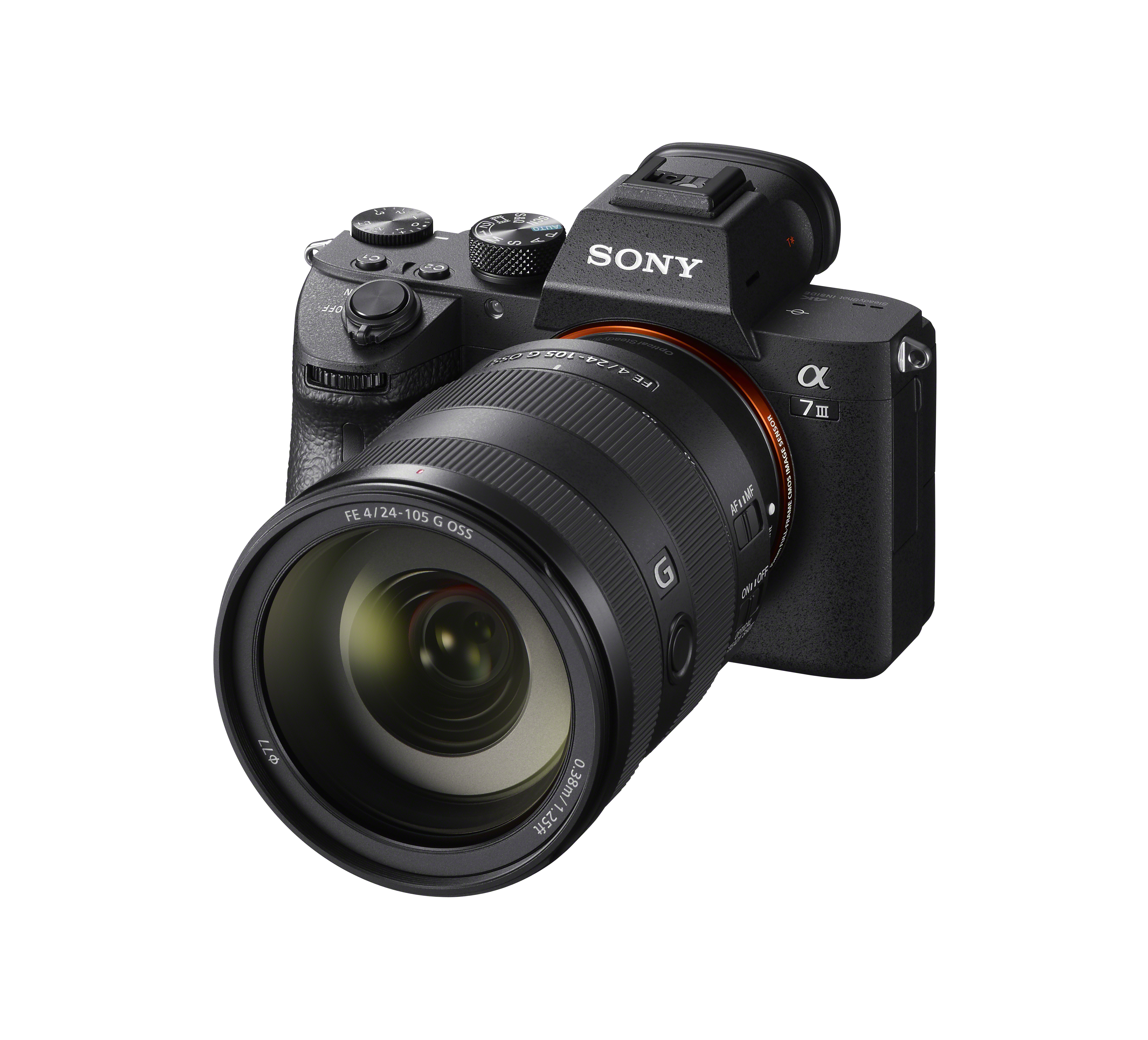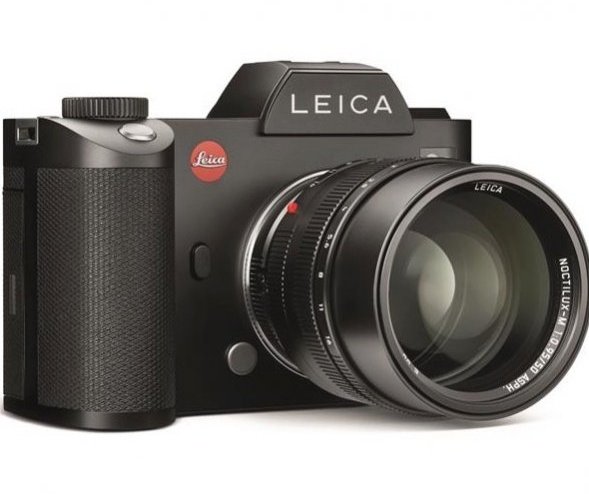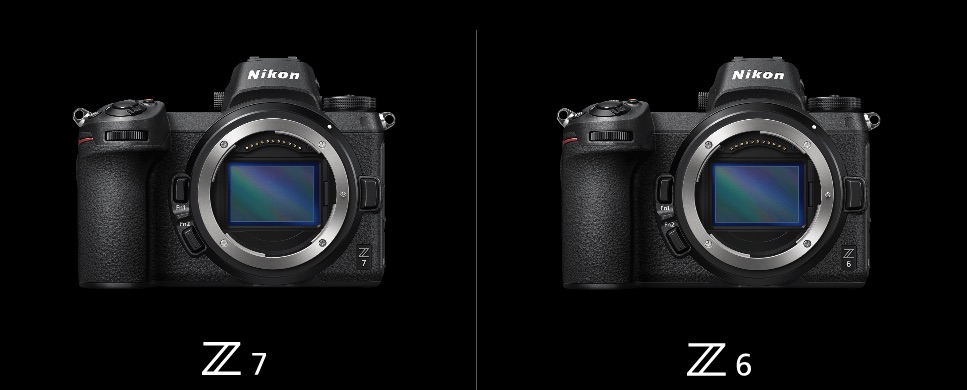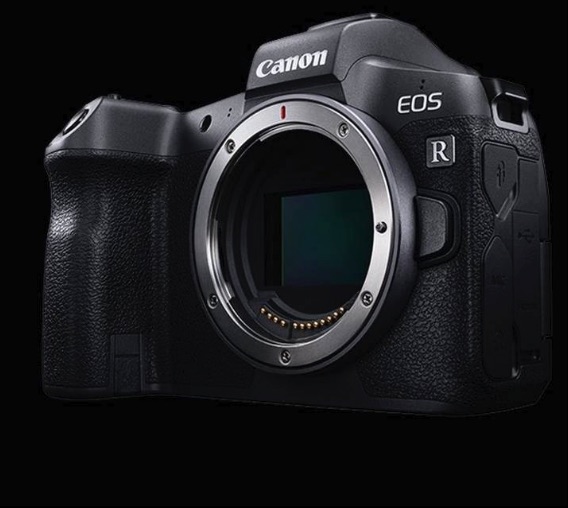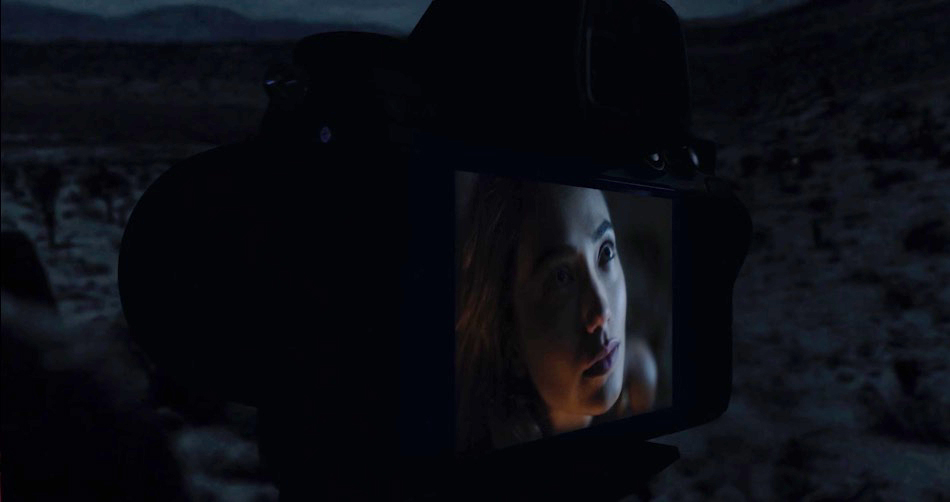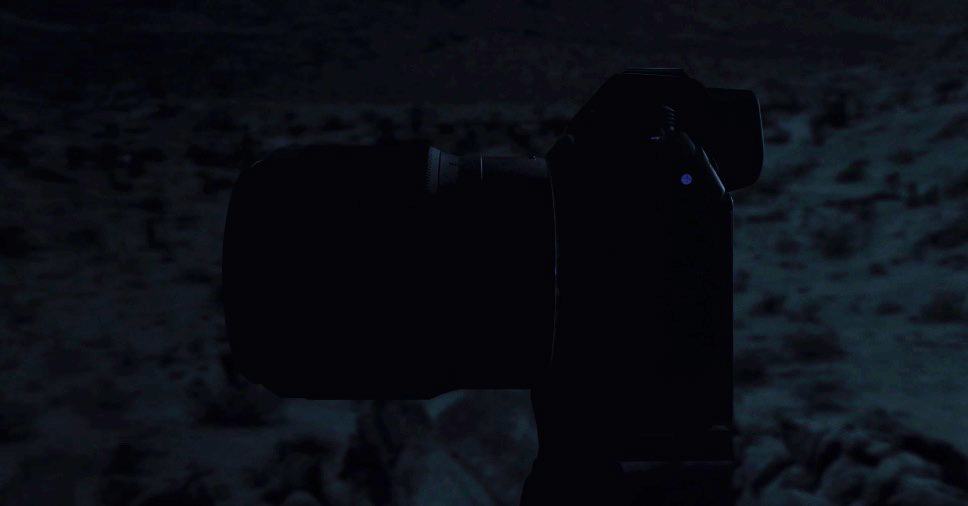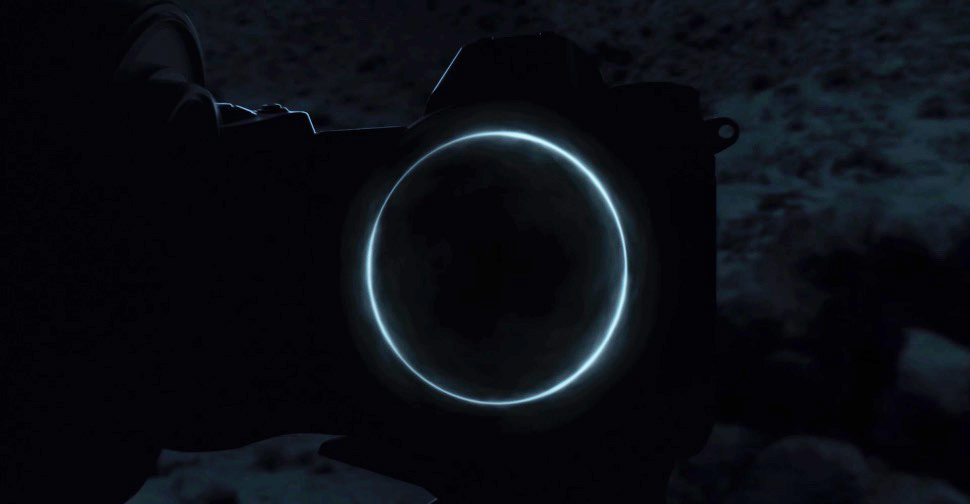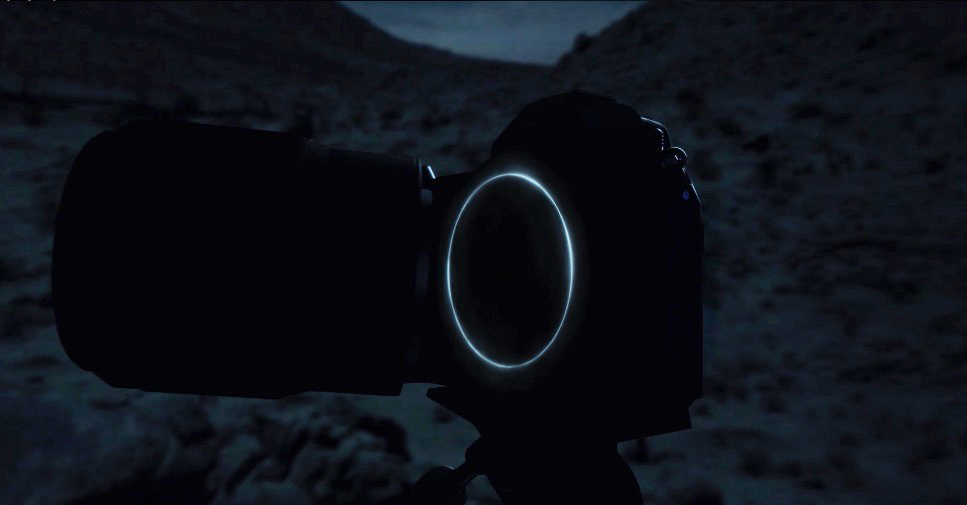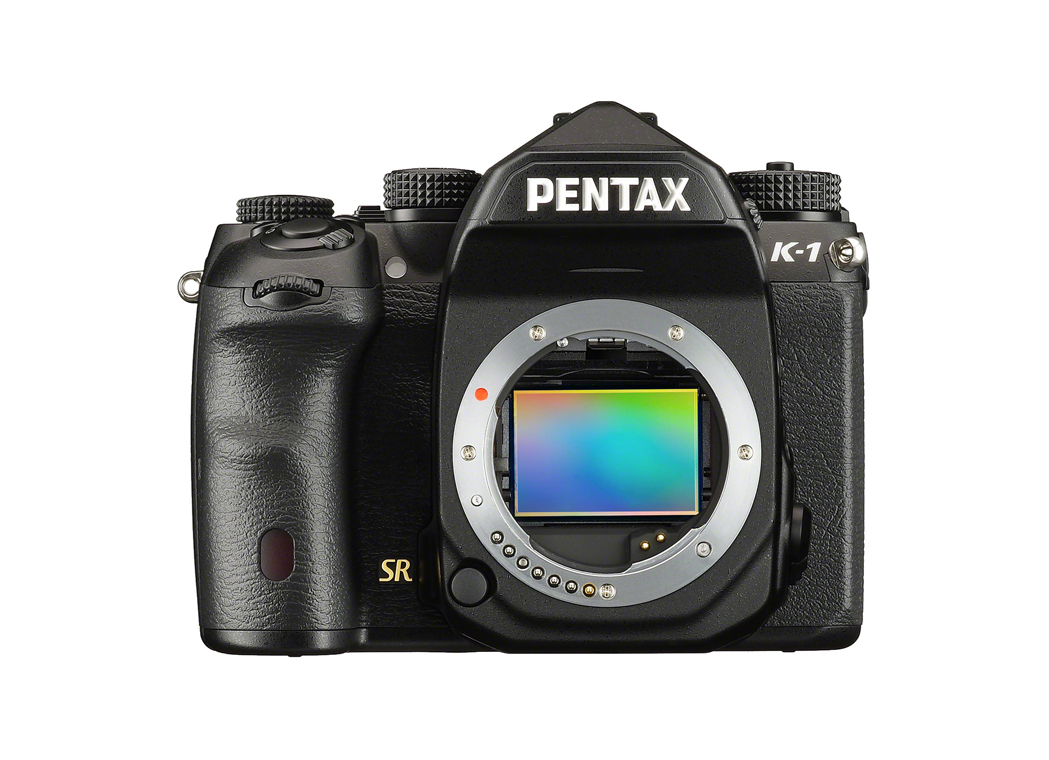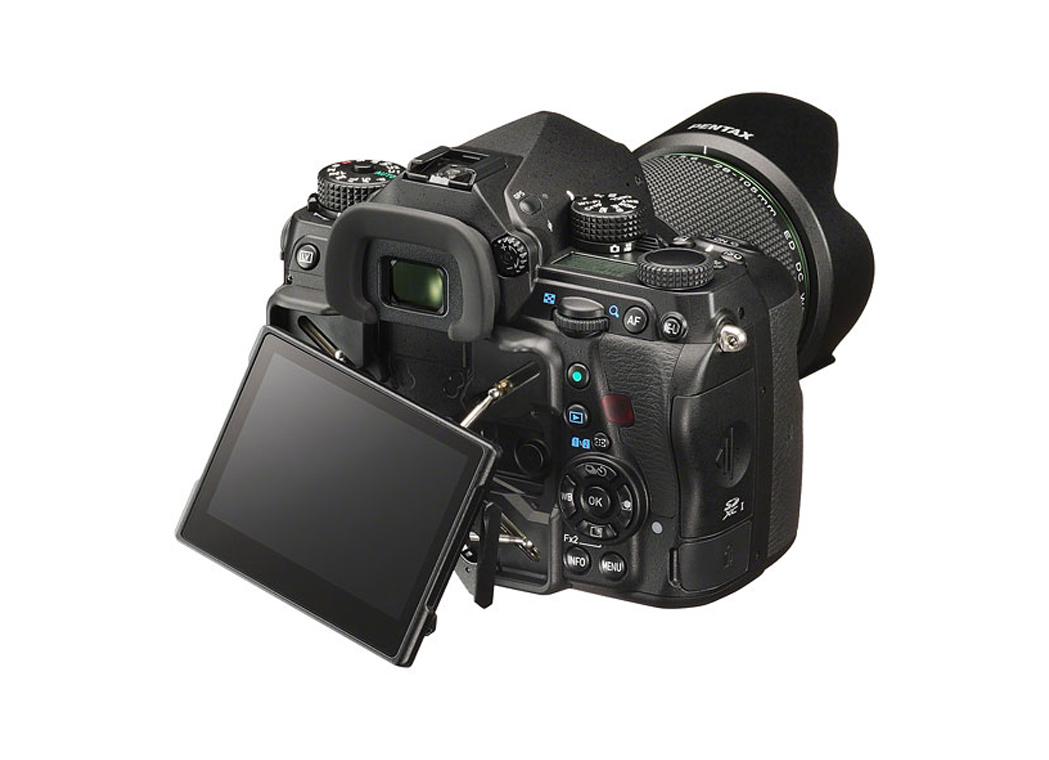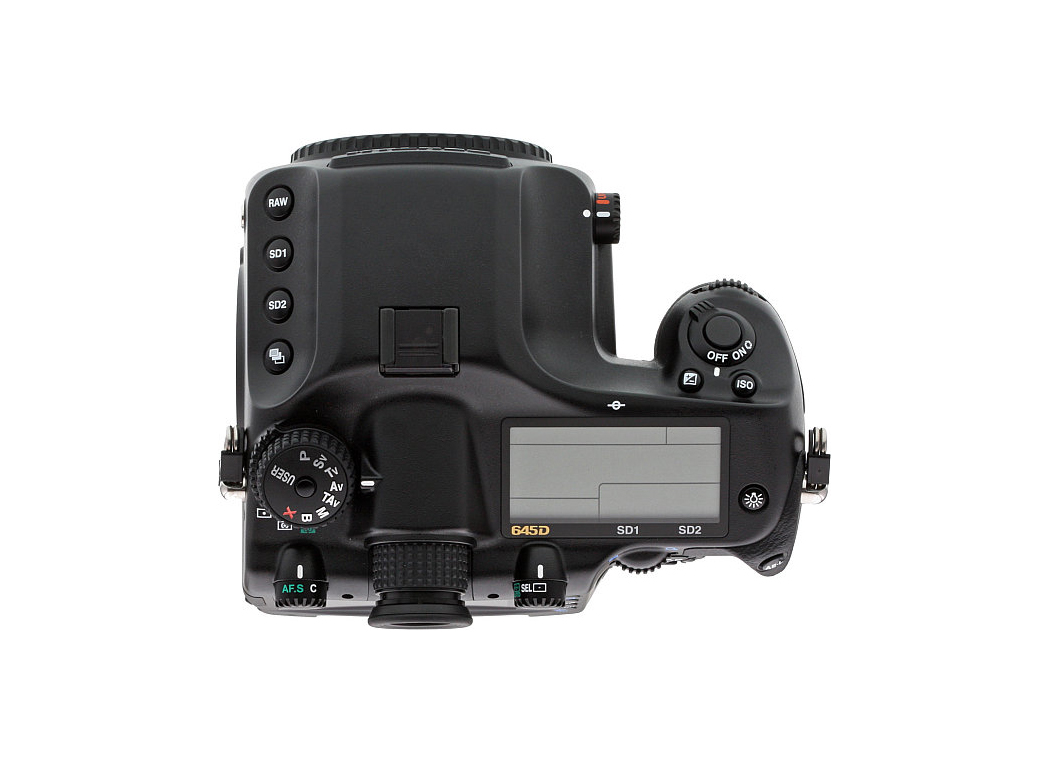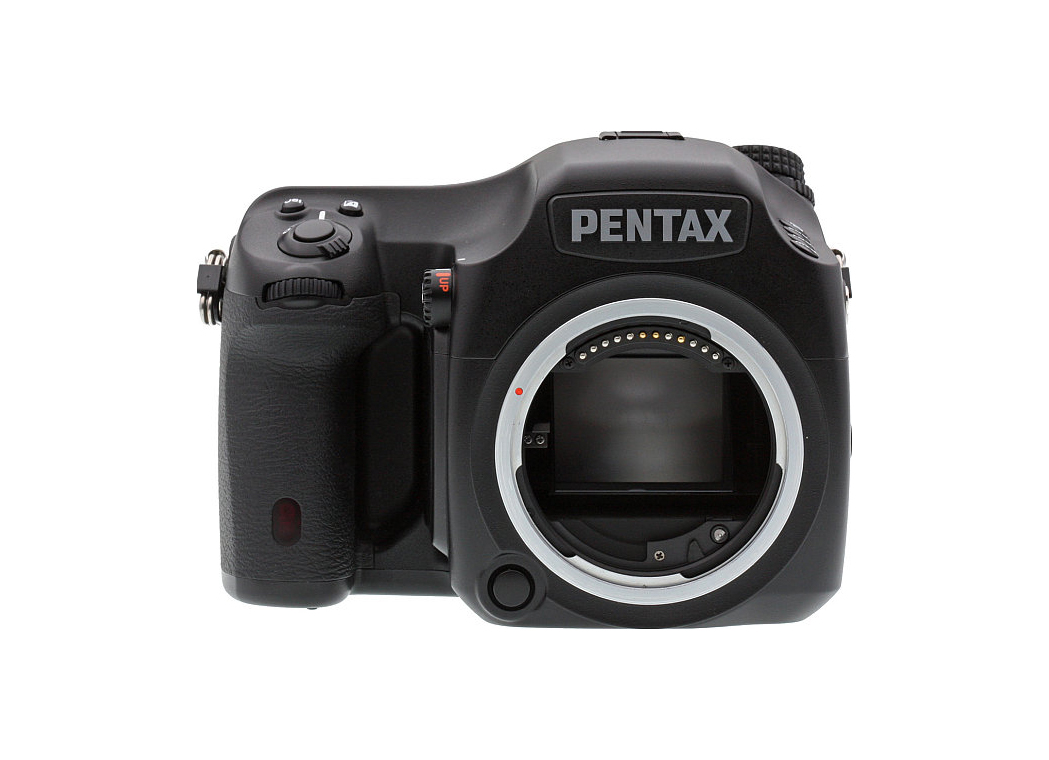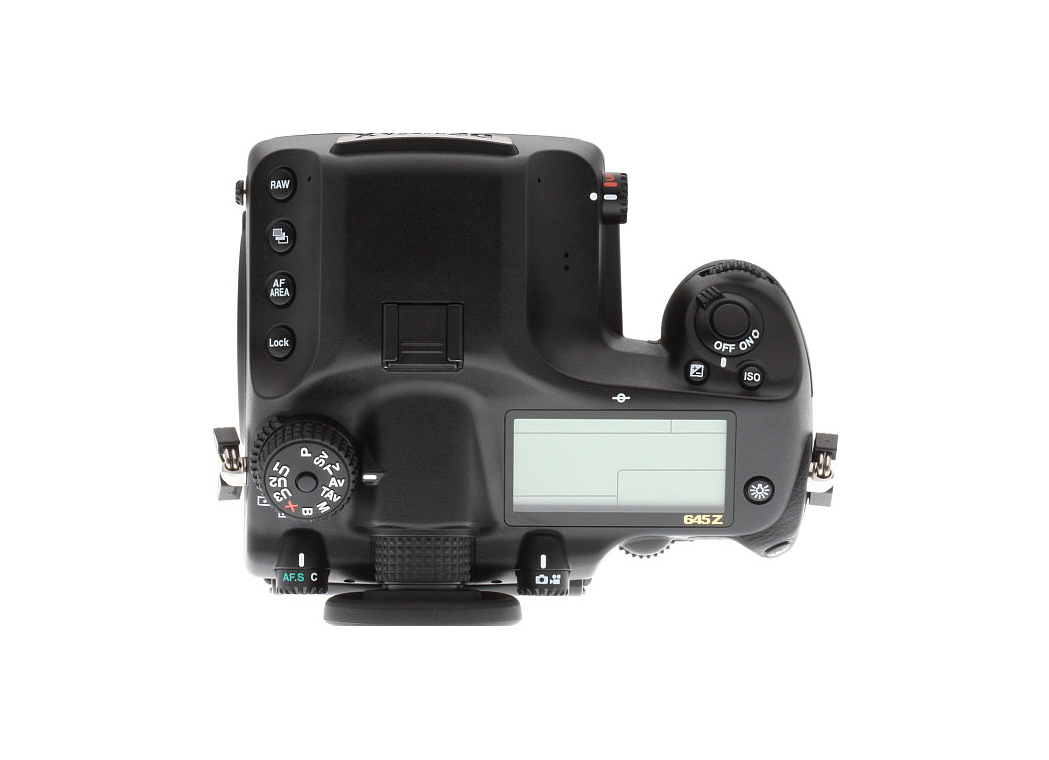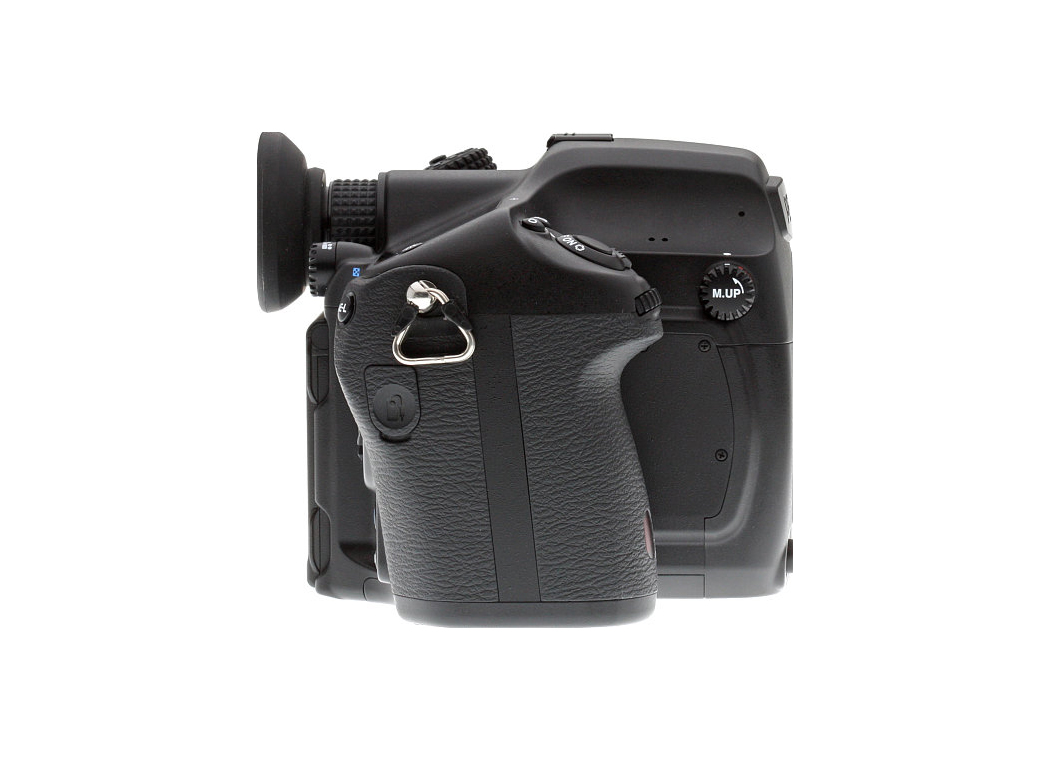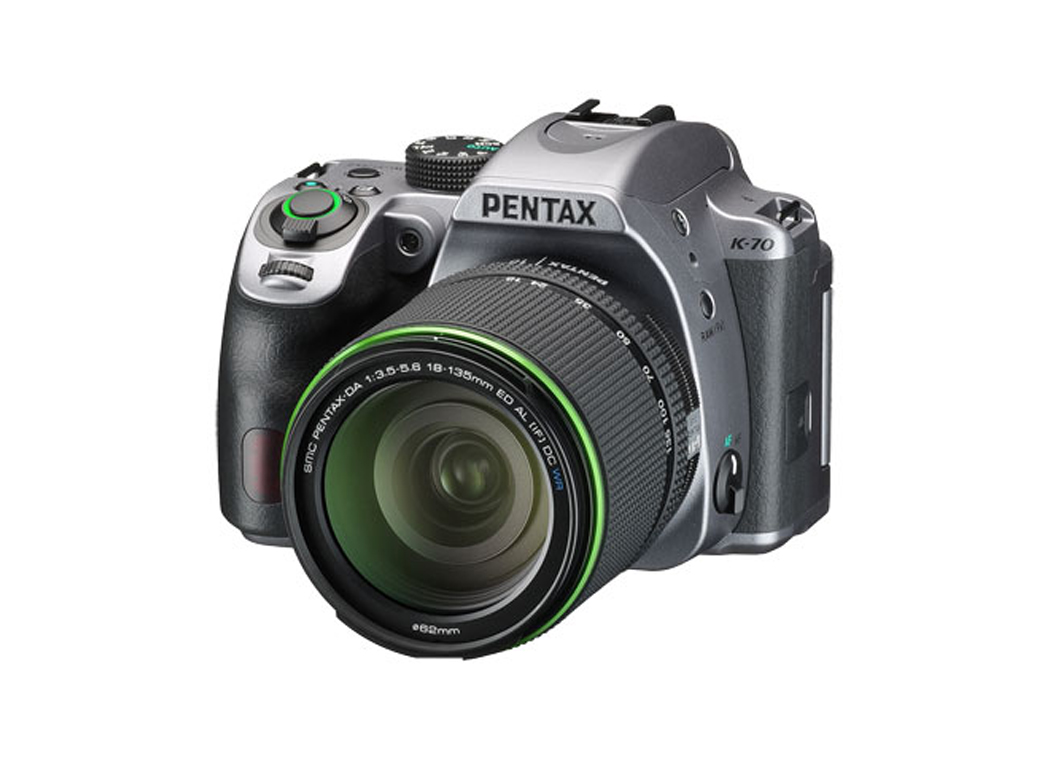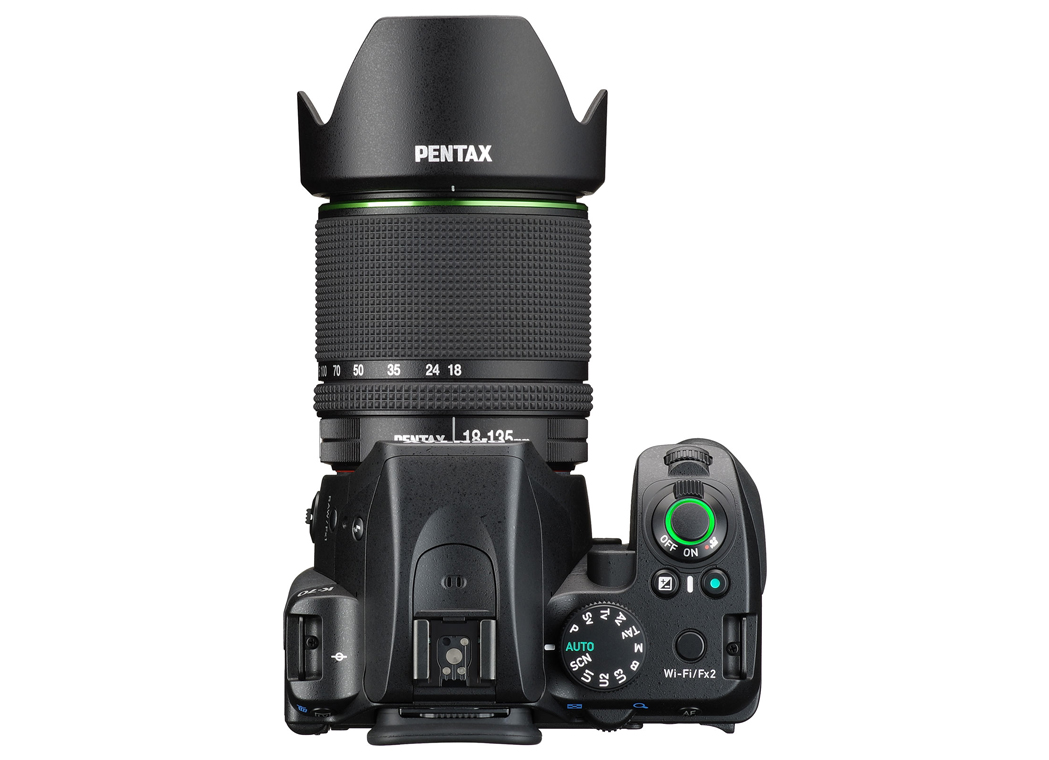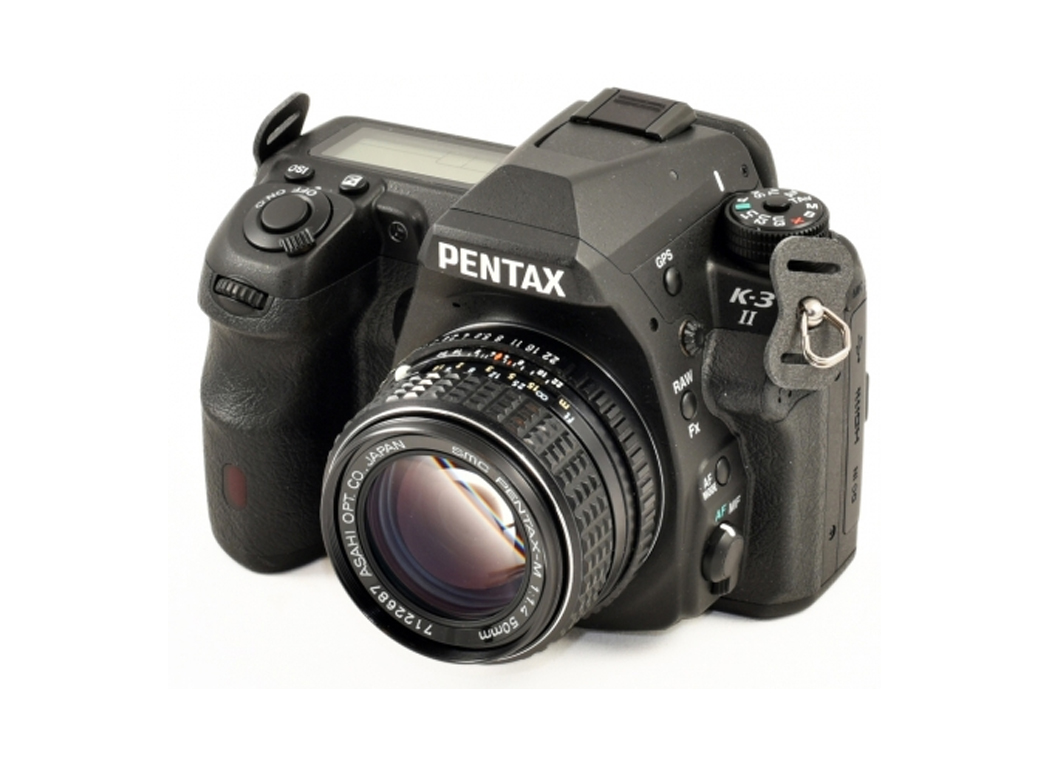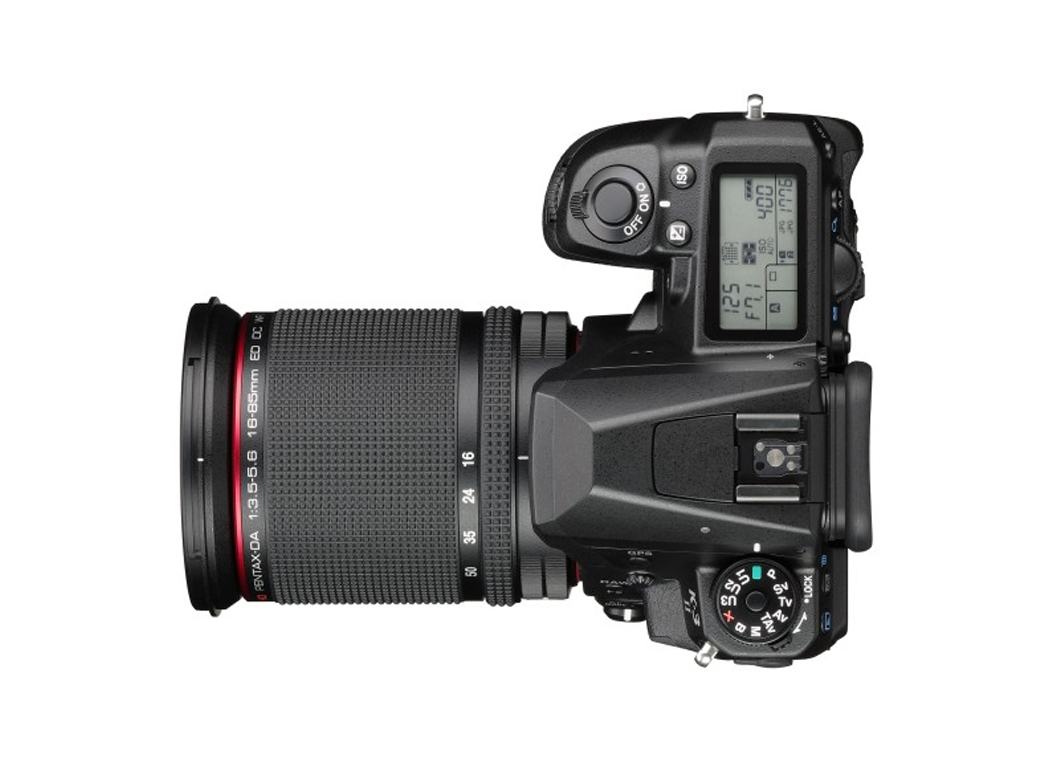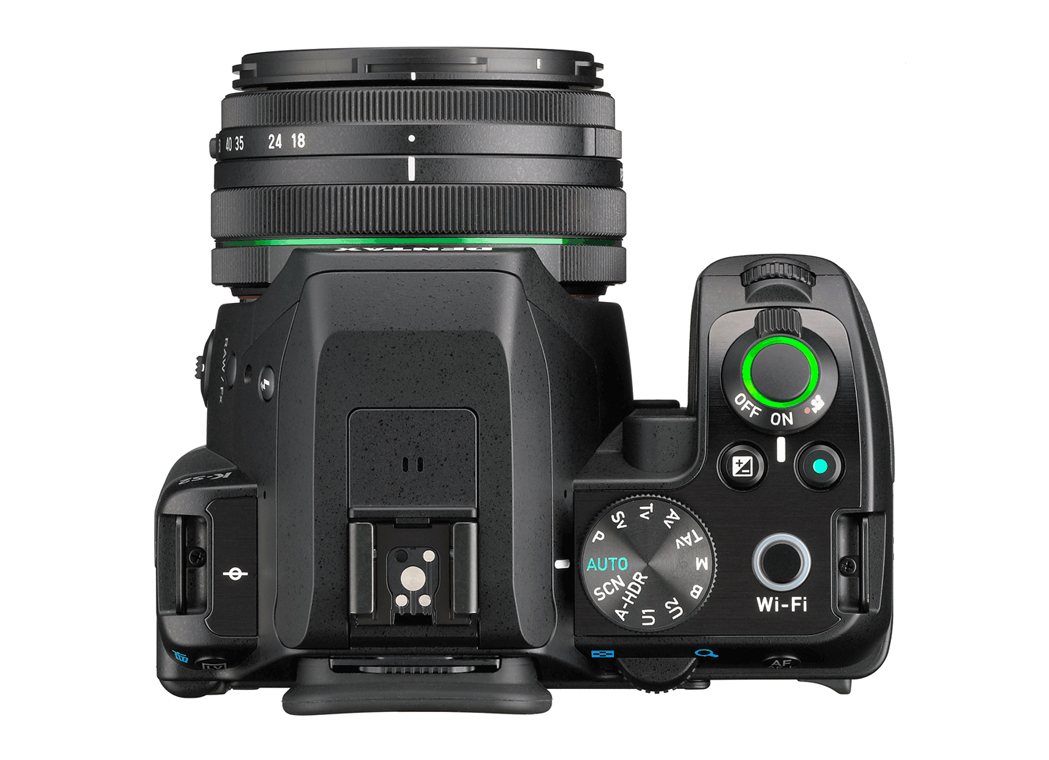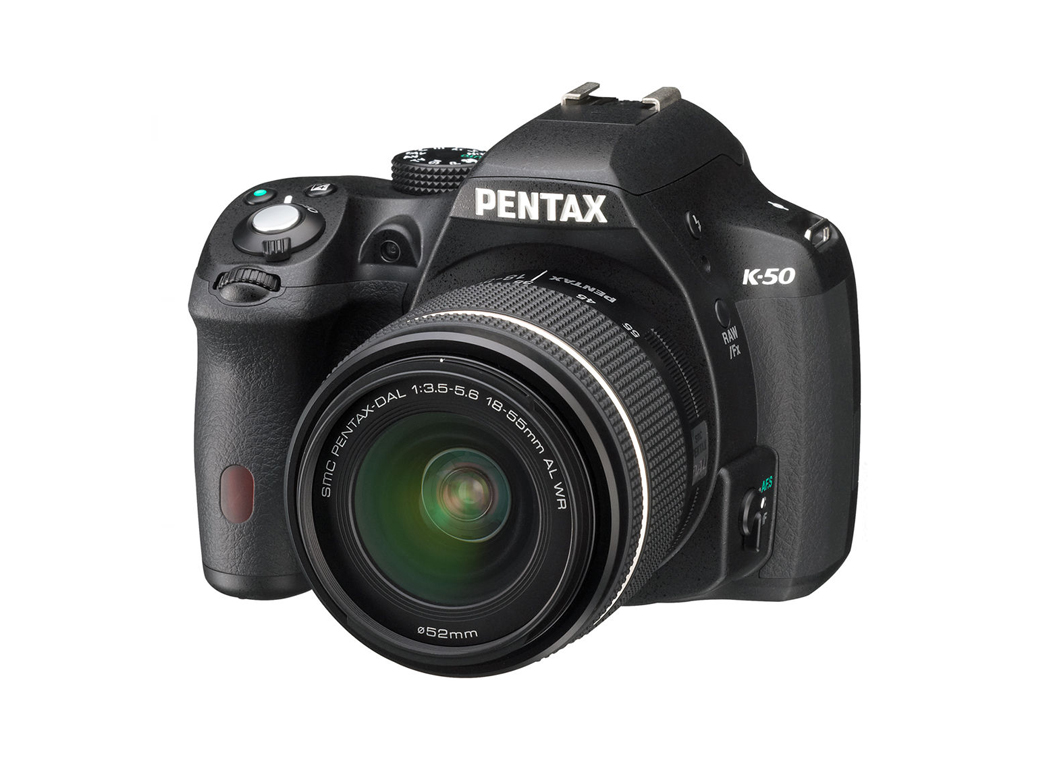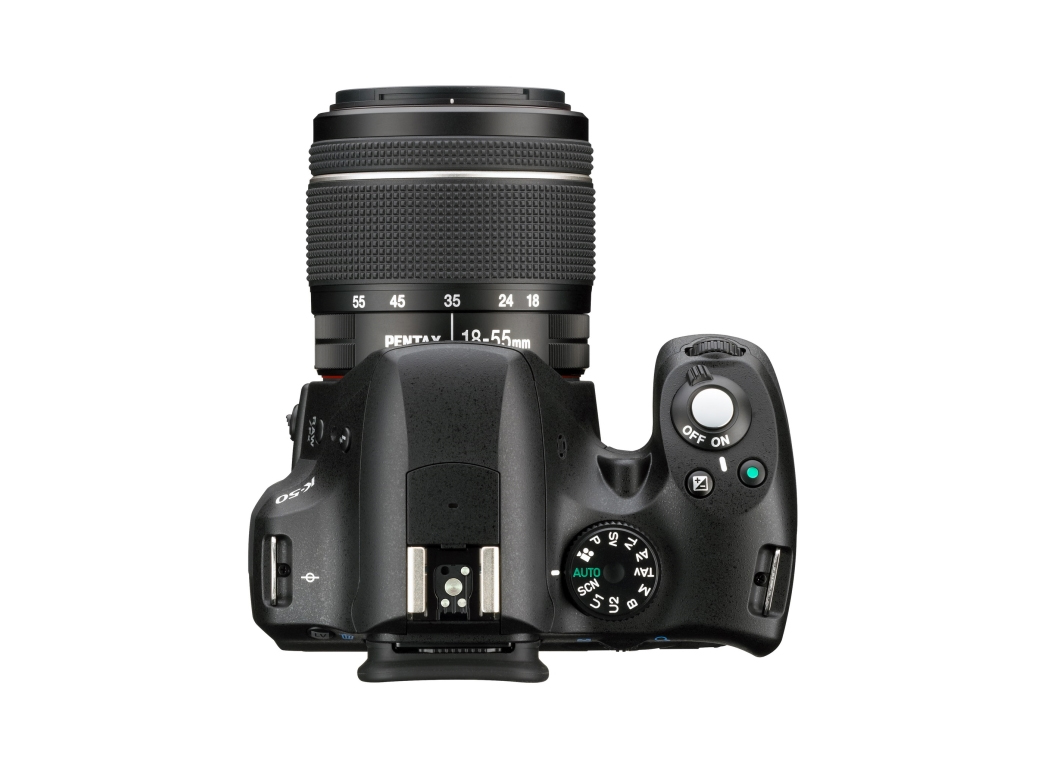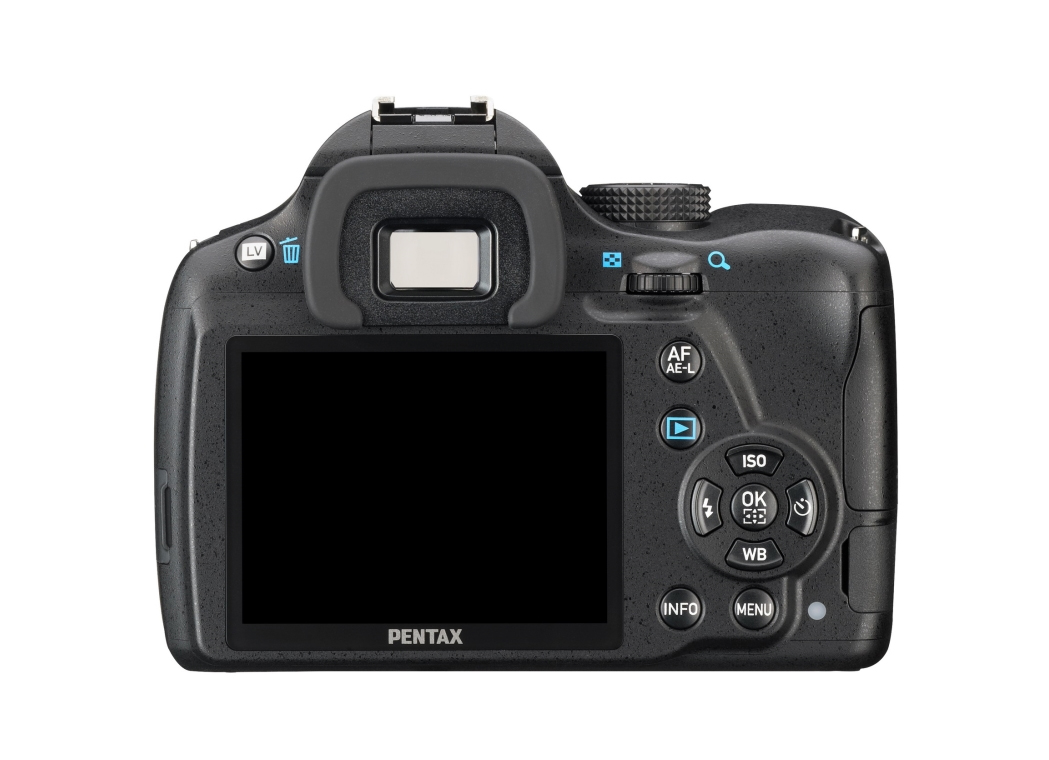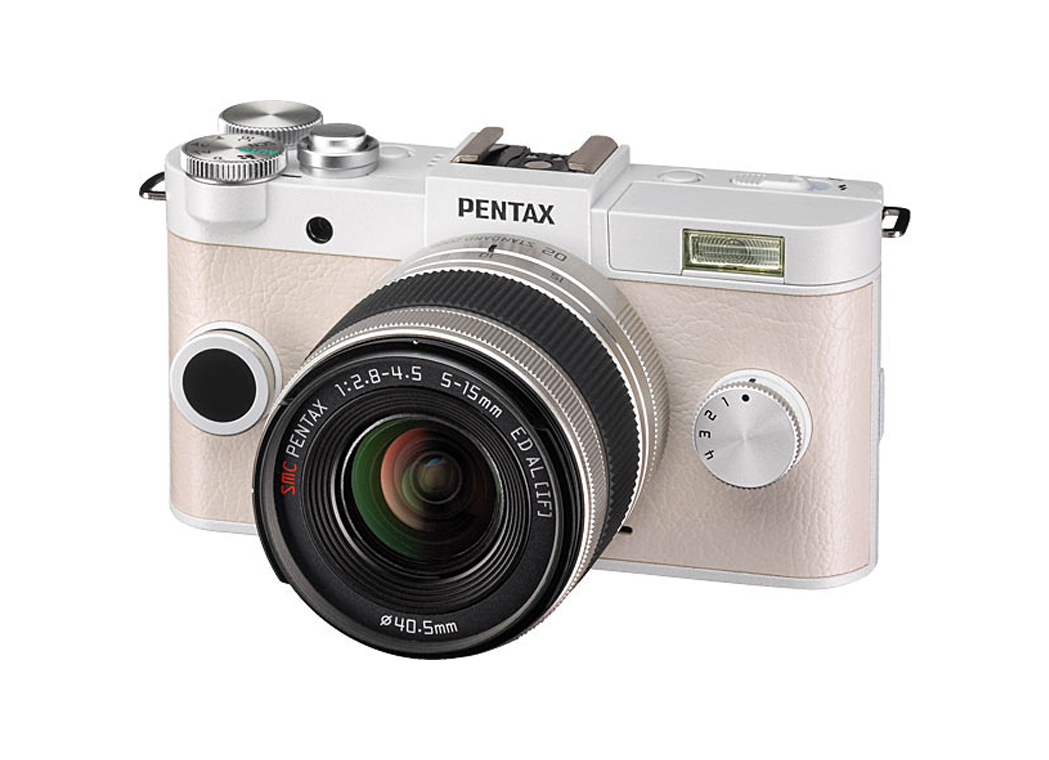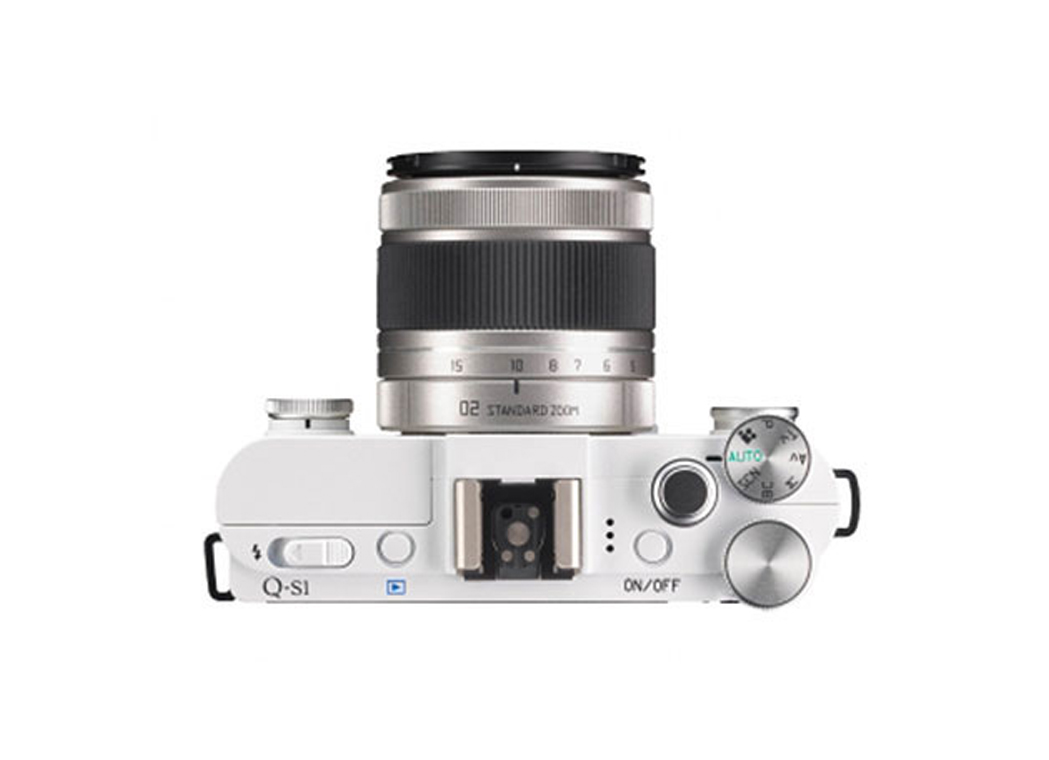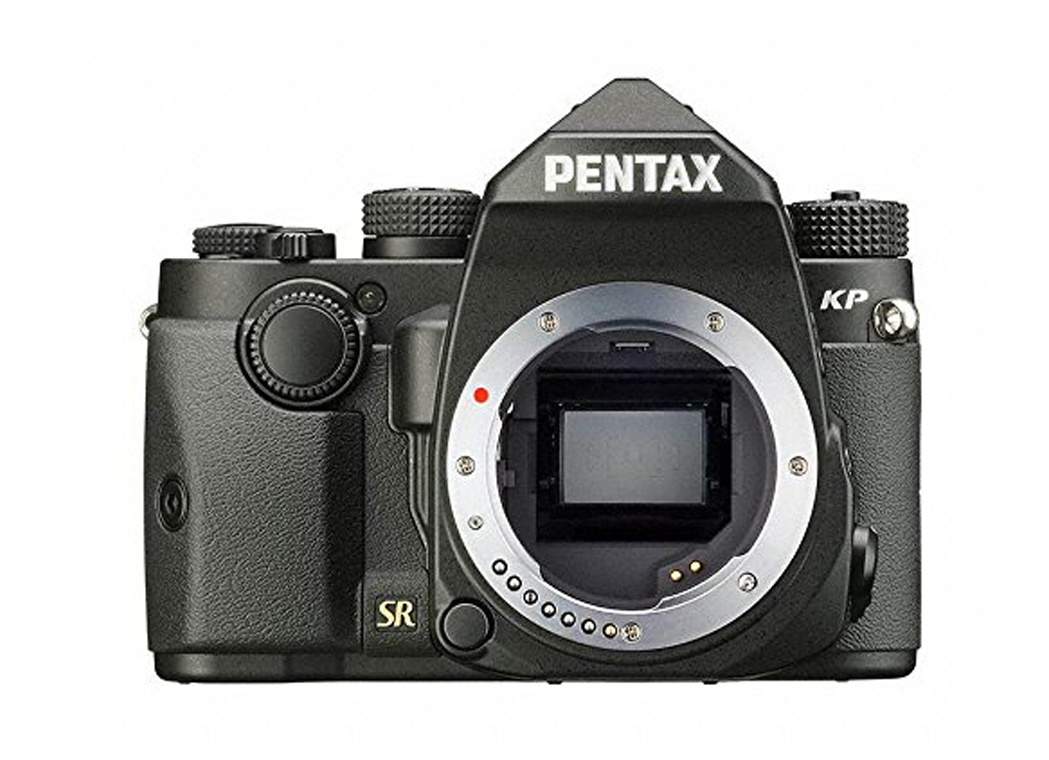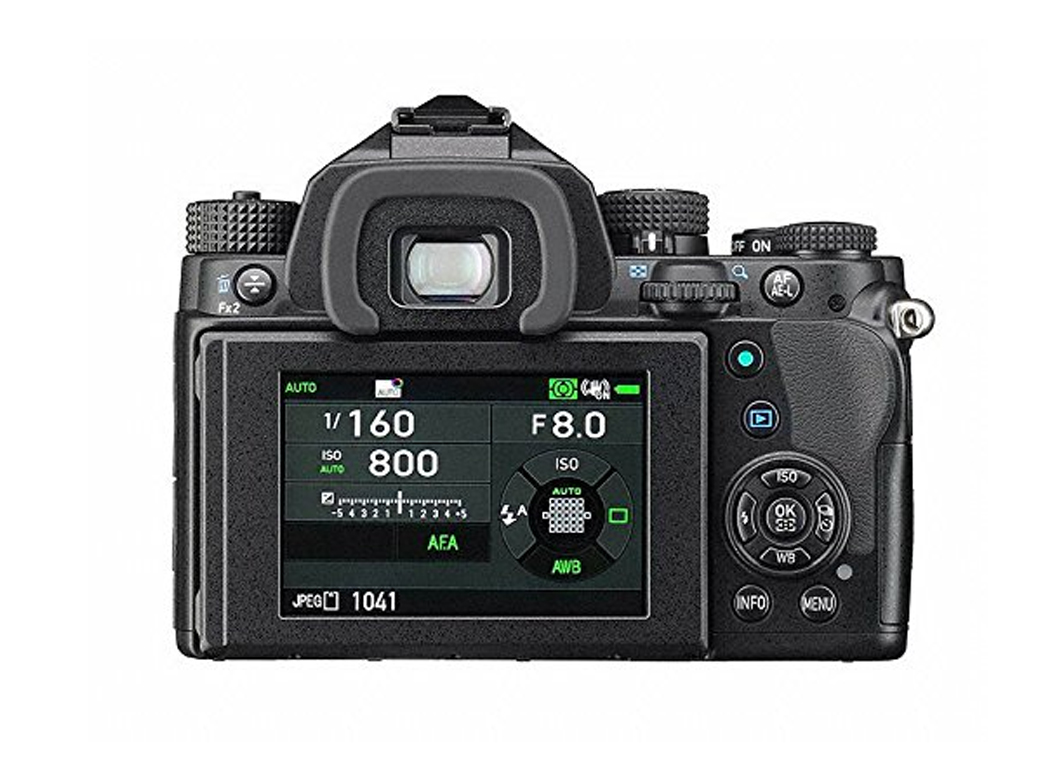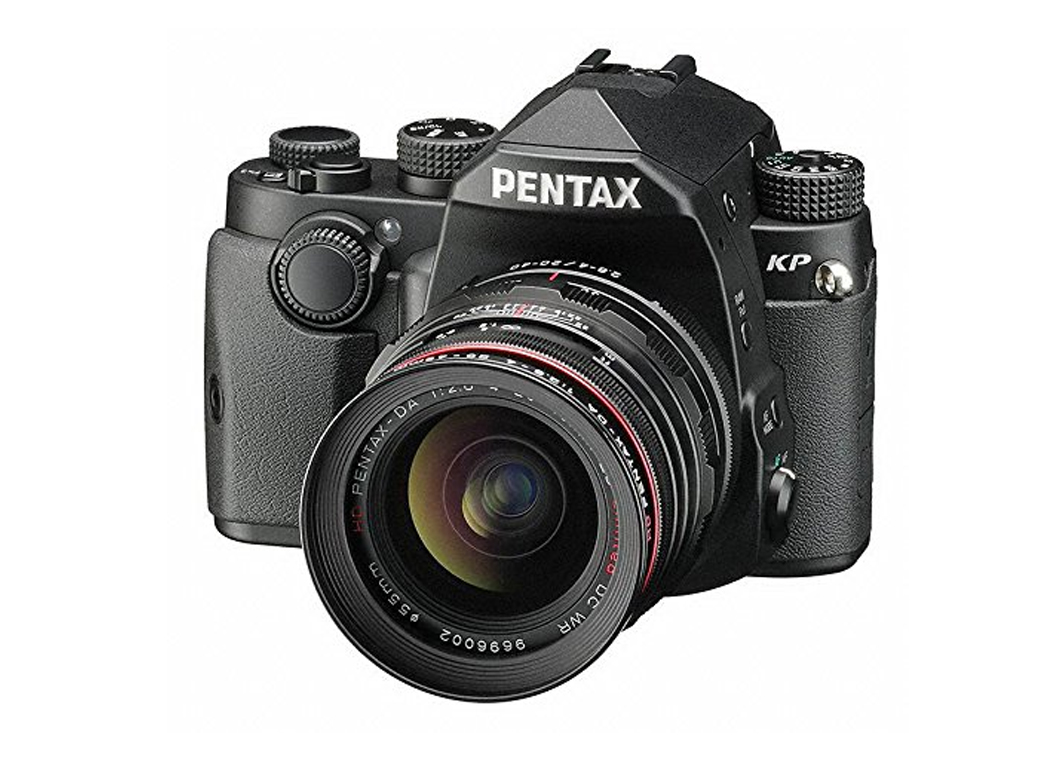Well, here we are, it’s time to talk about Pentax. I’m sure it’s a brand name that everyone with any knowledge of photography has heard of but it’s still not nearly as popular these days as some other brands. Some may believe that they have nothing compelling to offer over the competition, others may only remember it as a relic from the past and leave it there and some just don’t care at all and have grown to like the most popular brands and stick with them. The aim of this article is to prove that Pentax is still alive and kicking and that they still possess the tools to make their mark on today’s market.
Selection Criteria
There are a lot of important factors to consider when complaining a list like this one and picking the best cameras out of the bunch isn’t always an easy thing to do. The first thing we had to do is to figure out the most logical way to separate each camera into a set number of points that perfectly describe its feature set and overall capabilities. After a long though process, we decided on a list of nine most important factors that will allow us to easily differentiate one camera from another and let you choose the best one for you with more ease. Let us examine each of those in more detail, so you can get a better understanding of how we decided what cameras deserve to be on this list.
Design – While it may sound like something that is purely subjective and only relates to how good are the looks of a particular camera, it is also something that relates to how its built and is it comfortable to use. It’s important to find a camera which has the right balance between an attractive design and comfort, but since your camera is primarily a tool for taking photos and videos we will always favor functionality over good looks in our reviews.
Price/Product rate – It’s true that there is a number of professional users out there who aren’t worrying too much about the asking price for their cameras because they need the best of the best for their work and can’t satisfy with anything less. Most of the users, however, are always on a look out for a product with a great price to features ratio and we will gladly help them in making the right decision. When choosing a camera to feature on a particular list, we are always looking for a product that offers enough compelling features no matter its price point, so the end user ultimately feels happy about their purchase and that they are sure that their hard-earned money was well spent.
Weight – While it’s not the most important factor when choosing a new camera, it certainly is when you’re buying one that you’re planning to carry with you often or if you’re, for example, travelling a lot and you don’t want to be burdened by the weight of your camera too much and enjoy your trip instead. This is especially important in the case of a compact and mirrorless camera, where portability is one of their main selling points. You also need to take into account the build quality, which will also add some grams to the total weight of the camera. So, you’ll need to decide if you want a camera that’s lighter and easier to work with or you want a more durable and substantial camera that will be slightly less portable.
Waterproof capabilities – Protection from the elements may not be the first thing on someone’s mind when buying a device with electronics inside of it, but many advanced and professional users who are always shooting in different weather conditions find this an important factor when buying a new camera. To keep things in the right perspective, we usually won’t judge an entry-level or even a mid-range camera on the account of its water or dust proof capabilities, but we certainly will for a more expensive one where it’s expected that it has enough protection to be able to withstand any shooting scenario you throw at it and work its magic any time of the day.
Grip – One of the most important things to consider about your new potential purchase. It’s of utmost importance that the camera is designed in a way that it fits comfortably and securely in your hand without any chance of being dropped while you’re shooting with it or simply holding it while walking or taking a look at the scenery. This is where some manufacturers drop the ball when designing a camera with all metal or all plastic construction, but without the necessary parts that provide a good grip like some rubber or faux leather accents on the front and the back of the camera. What’s also important, especially with larger cameras, is that it has a deep enough grip on its front and the one that allows for your fingers to comfortably wrap around it and allow you to hold your camera with confidence and without the fear of dropping it.
Image quality – This is possible one of the main reasons to why someone decides to buy a dedicated camera. While there are many other benefits to buying a camera, as stated on this list of different metrics, image quality may be the one that takes the cake. It’s true that our smartphones have become very capable in taking decent looking photos and videos, but a lot of them still haven’t come close to most compact cameras in terms of image quality, let alone more advanced ones. So, there’s a big chance that you’re looking into buying a dedicated camera to get even better quality photos or videos and you’ll want to know how capable each model of camera is in this regard. When examining image quality of a particular camera we are always taking into account things like sharpness, color balance, noise performance, dynamic range, JPEG algorithms, lens quality and sometimes even of features that allow you to tinker with the look of your photos directly from the camera itself like different filters and picture styles. You can rest assured that you’ll easily be able to pick a camera from our list if image quality is one of your most important factors when buying a new camera.
Adaptability – The importance of adaptability varies from one type of camera to another and so does its importance as a factor to take into account when purchasing a new camera. So, it depends if you’re buying, for example, a compact camera which usually isn’t very expendable and are made to work out of the box and with almost no input from the users aside from using the camera. On the other hand, mirrorless cameras and DSLRs are a completely different story. It’s important that they don’t come with proprietary, but with universally compatible connectors for accessories like flashes, microphones, headphones or memory cards, so a lot of choices can be given to users in choosing the right one for them. Even more important is the choice of lenses that are given at your disposal. While most of the camera manufacturers offer a decent selection of first-party lenses, some of them don’t offer much in terms of alternatives coming from third-party companies. We will certainly take something like into account when choosing the right camera for you and make sure you’ll be covered as much as possible in this regard.
Ease of use – Making an intuitive user interface that’s easy to navigate and a control layout that won’t require you to re-learn everything you already know about using a camera should be a top priority for every camera manufacturer out there; yet, it isn’t. For this reason, we will always carefully examine each and every camera and make sure that using it won’t become a chore no matter if you’re a beginner or an advanced user. We will also see how much the camera offers in terms of customization and how well it can adapt to your certain needs. This is especially important for mid-range cameras and above, where having a lot of programmable controls and different quick menus is always a desirable thing to have. If we’re talking about a beginner’s camera, we will make sure it has enough modes and features that will help you learn your way around photography and figure out how a particular camera works. No matter the camera type, this is certainly one of the most important things to look for and we’ve certainly got you covered.
Availability – Since we are always dealing with products that come from very respectable and globally familiar brands, availability often isn’t a big issue, except in the case where the camera becomes outdated and it stops being manufactured. When that happens, we’ll make sure to update our articles to bring you the newest models possible, so this potential problem can be avoided in its entirety. Other than that, all of our cameras can easily be purchased online and so can every important piece of gear that they can be equipped with.
FAQs
What’s the best Pentax camera on this list?
That would be the K-1. It’s the latest full-frame offering coming from Pentax and offers a lot in terms of image and build quality and also in terms of useful features like in-body image stabilization, Pixel Shift Resolution and weather sealing. If you’re looking for a Pentax camera to cover all of your needs, this is the one.
Which one of these cameras could be considered the best buy product?
There are a lot of cameras coming from Pentax that would fit very well into this category, but our pick would be the K-70. It is one of the one most well-rounded cameras on this list that you can get. It offers a very capable 24-megapixel sensor, built-in image stabilization, a 100% accurate viewfinder, rugged body and decent performance. In a nutshell, it’s hard to beat such a camera at its price point.
I’m looking for a camera with excellent battery life, which one should I pick?
While the Pentax K-1 offers a slightly better endurance, if battery life is something you’re after, then it makes much more sense to invest in the K-3 II. You’ll be able to get around 720 per charge if you’re primarily shooting through the viewfinder, which is an excellent endurance for any DSLR.
I need a compact camera that will easily fit in my pocket or my purse, which one should I get?
Well, the only camera on this list that fits that description perfectly is the Pentax Q-S1. Not only is it one of the smallest cameras we’ve seen in the last couple of years, but it also comes with one very unique feature and that’s the ability to swap lenses just like on any other mirrorless camera or a DSLR. It also offers larger than average sensor, good build quality, a respectable amount of control and it even comes in a variety of different colors so you can easily pick a color combination that speaks to you the most.
I need a camera that provides great image quality and that’s also rugged and weather resistant, but I don’t have the budget to pay the premium price that these types of cameras usually carry with them. Is there a camera for me out there?
Well, luckily for you, there is. Pentax has made the KS-2 especially with users like you in mind. It comes at a very competitive price point, but it also offers a capable 20-megapixel sensor, sensor-shift image stabilization, a big, bright and accurate viewfinder as well as having weather resistance. It sports a unique design among all the other DSLRs, which is also to be appreciated if you care about your camera’s looks.
I’m currently using a compact camera as my main photography device and I’m looking to make an upgrade to a DSLR, but without having to spend too much money. I’m also what can be considered a beginner in photography, so I want it to be simple to use as well. What model would you recommend me?
That certainly has to be the Pentax K-50. It’s an entry-level DSLR that is catered both to those users who are just learning about photography and want to enter into the world of DSLRs as well as those who need a camera that takes good photos, but without all the hassle of it having to be set up each time you want to take a picture. Interestingly enough, despite its low price it still offers better than average image quality, weather and dust resistance, a 100% accurate viewfinder, in-body image stabilization and a respectable burst rate of 6 fps. It’s a camera that clearly tries to punch above its weight in some of its aspects and that’s something that’s always commendable.
I’m currently doing some research about medium format cameras and I’m trying to decide if they are worth of the hefty investment over something like a full frame camera. I’m curious of how the two offerings from Pentax stand in regard to how much they offer for their asking price and do they really offer enough in terms of features over a regular camera. Can you clarify it for me a little?
Well, the first thing you should know is that medium format cameras aren’t the types of cameras that were imagined as mainstream products and that they are only meant to be used for certain types of jobs. They are catered to those situations where having a lot of megapixels is a desirable thing to have and sharpness and detail in your photos is of utmost importance. So, they are especially appreciated by portrait and landscape photographers, as well as those who are used to making very large prints for their photos. The Pentax 645D and 645Z aren’t the best medium format cameras on the market, but they are unbeatable in one important regard; their price. You really can’t find any other cameras on the market that offer all the benefits of having a medium format sensor, but with such a low asking price (for a medium format camera anyway). So, if you see yourself as a photographer that fits well into everything we’ve said about medium format cameras, that you should seriously consider investing in one. If not, then get a full-frame or an APS-C camera and you’ll still be able to get some great looking photos, but for a lot less money.
Is Pentax really back in terms of being competitive on the camera market once again or is Ricoh just trying to sell unimaginative products under a familiar name to try to appeal to those who were urging for a new Pentax camera for all these years?Pentax is certainly back and in full force. They are competing well at every price point and trying very hard to prove their worth to you once again. We are very impressed with all the cameras they have to offer, from the little but powerful Q-S1, to a competitively priced powerhouse such as the K-70, to their latest and greatest full-frame offering the K-1. Each of these cameras and ones in between them offer great image and build quality as well as some unique features of their own and each of them is fairly priced for what they have to offer. Pentax has even gone that far to use their expertise to make two unique medium format cameras, like the 645D and the 645Z, which is something that not many of the current camera manufacturers can brag about. There is one area where their cameras still need some noticeable improvement and that’s video recording. We hope that Pentax will improve on that in the next iteration of their cameras, so they will really make all-around great products that are worthy of such a familiar and well-respected brand name.
